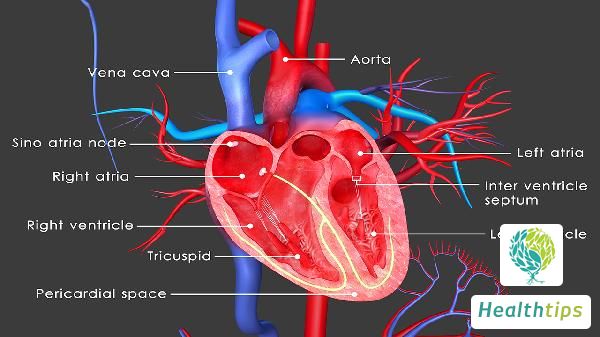What diseases are easily confused with simple spinal tuberculosis?
Simple spinal tuberculosis must be differentiated from the following diseases:

Ankylosing Spondylitis
This disease predominantly affects males under 40 years old, with a higher incidence in those under 20. It also presents with low back pain and lumbar spine stiffness, as well as an elevated erythrocyte sedimentation rate (ESR), which can easily lead to confusion with spinal tuberculosis. However, 100% of patients with ankylosing spondylitis have sacroiliitis. There are no systemic toxic symptoms, and X-ray examination reveals no bone destruction or sequestrum. After thoracic spine involvement, clinical manifestations such as limited chest expansion may occur, which are sufficient for differentiation.
Pyogenic Spondylitis
Pyogenic spondylitis is characterized by acute onset, high fever, and significant pain, with rapid progression. Early blood cultures can detect the causative pathogen. X-ray findings progress rapidly, and its characteristic X-ray manifestations can aid in differentiation.
Lumbar Disc Herniation
Lumbar disc herniation does not present with systemic symptoms but rather with symptoms of lower extremity nerve root compression, and the ESR is not elevated. There is no bone destruction visible on X-rays, and CT scans can reveal the herniated nucleus pulposus.
Spinal Tumors
Spinal tumors are more common in the elderly, with pain gradually worsening over time. X-rays show bone destruction involving the pedicles, with normal intervertebral space height. Generally, there are no paravertebral soft tissue masses visible.
Eosinophilic Granuloma
Eosinophilic granuloma is more common in the thoracic spine and typically affects patients under 12 years old. The entire vertebral body is uniformly compressed into a linear shape, with completely normal upper and lower intervertebral spaces. There are no systemic symptoms such as fever.
Degenerative Spinal Osteoarthropathy
Degenerative spinal osteoarthropathy is a disease of old age, characterized by generalized narrowing of intervertebral spaces, sclerosis and whitening of the superior and inferior margins of adjacent vertebral bodies, and the formation of bone bridges. There is no bone destruction or systemic symptoms.



















